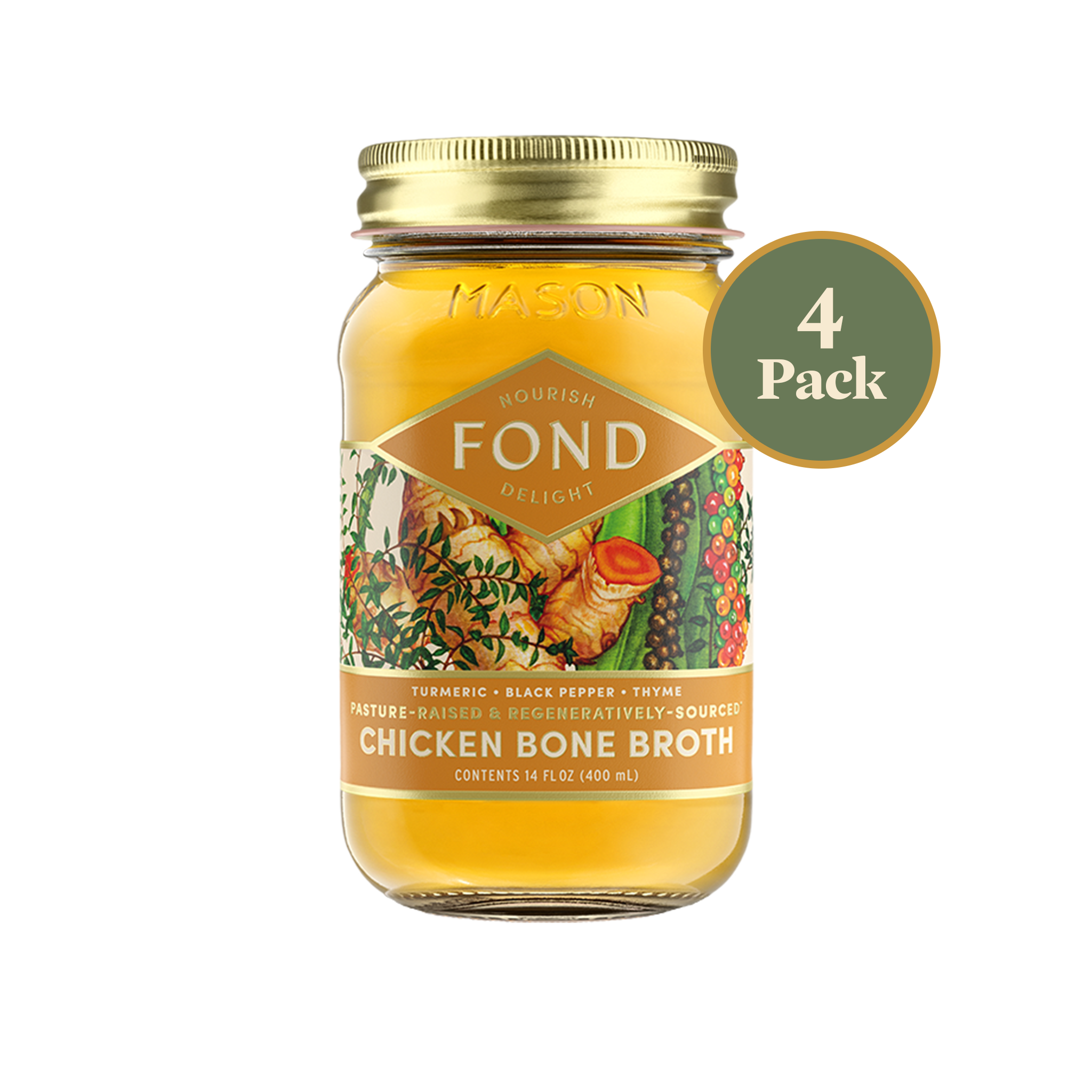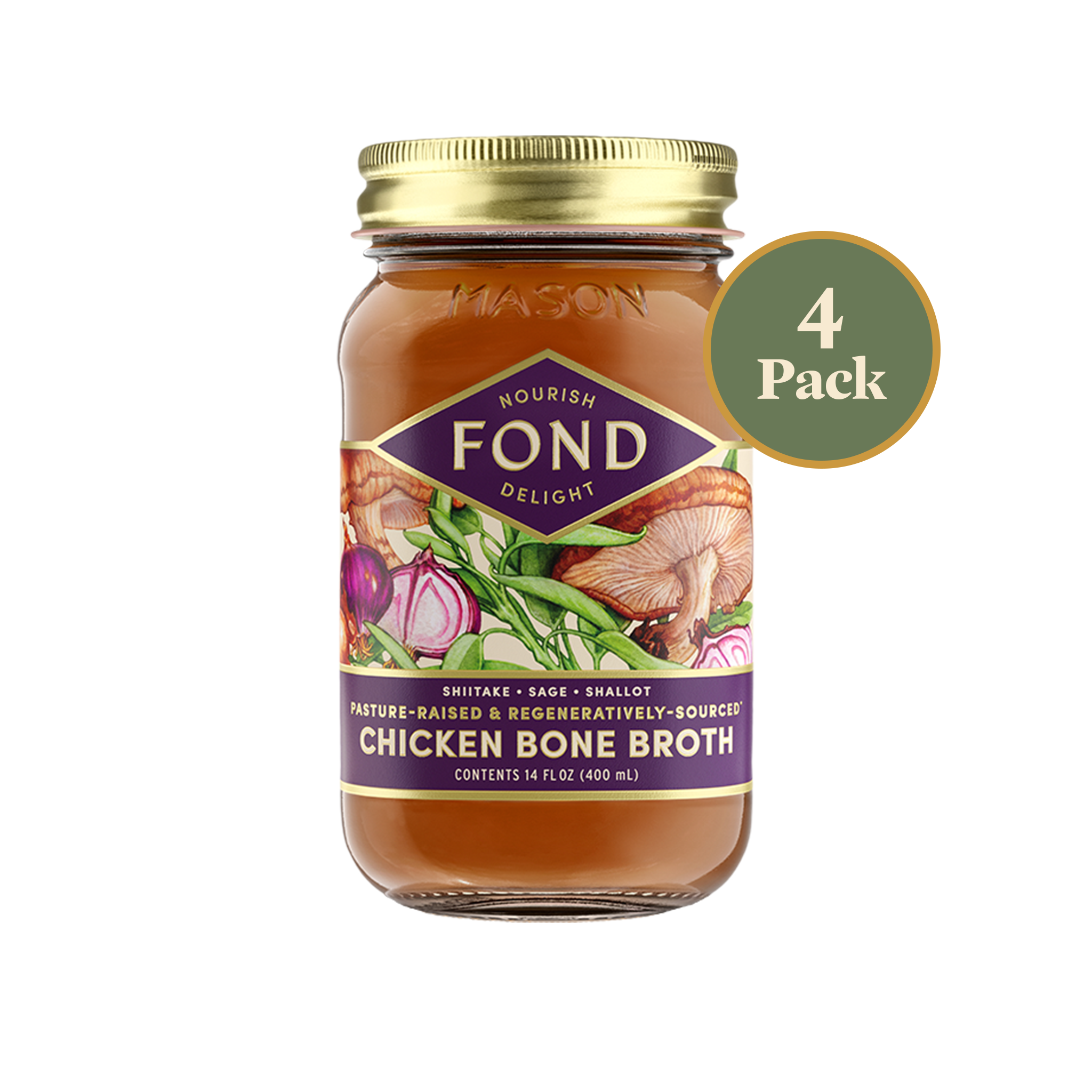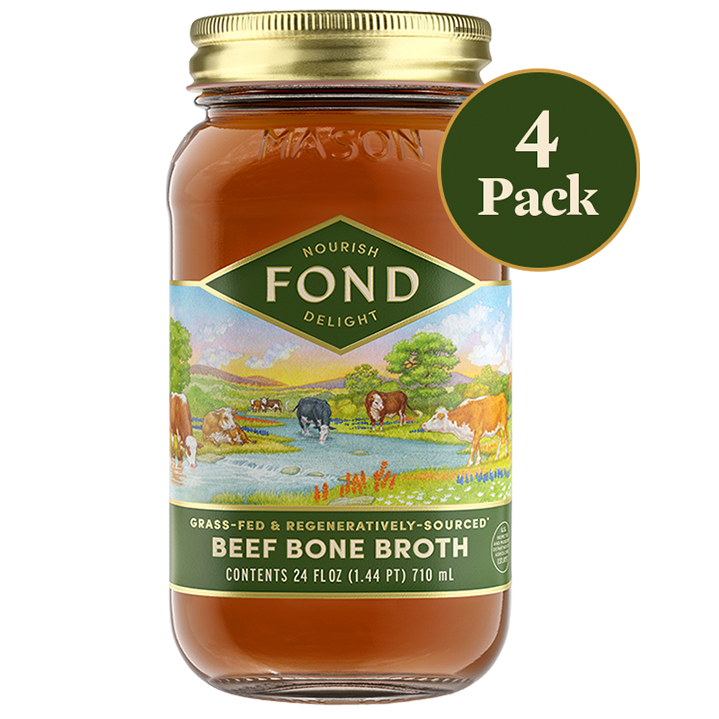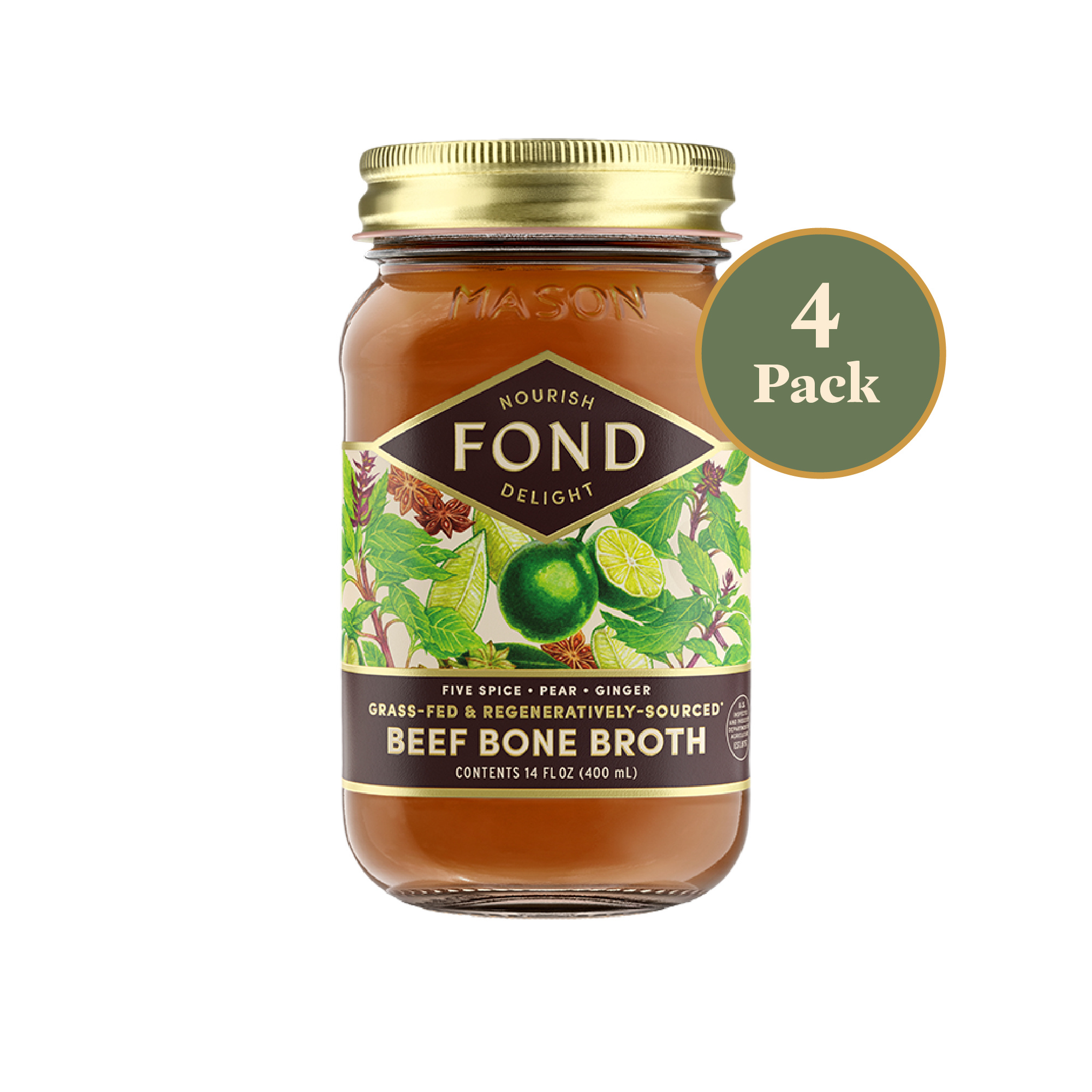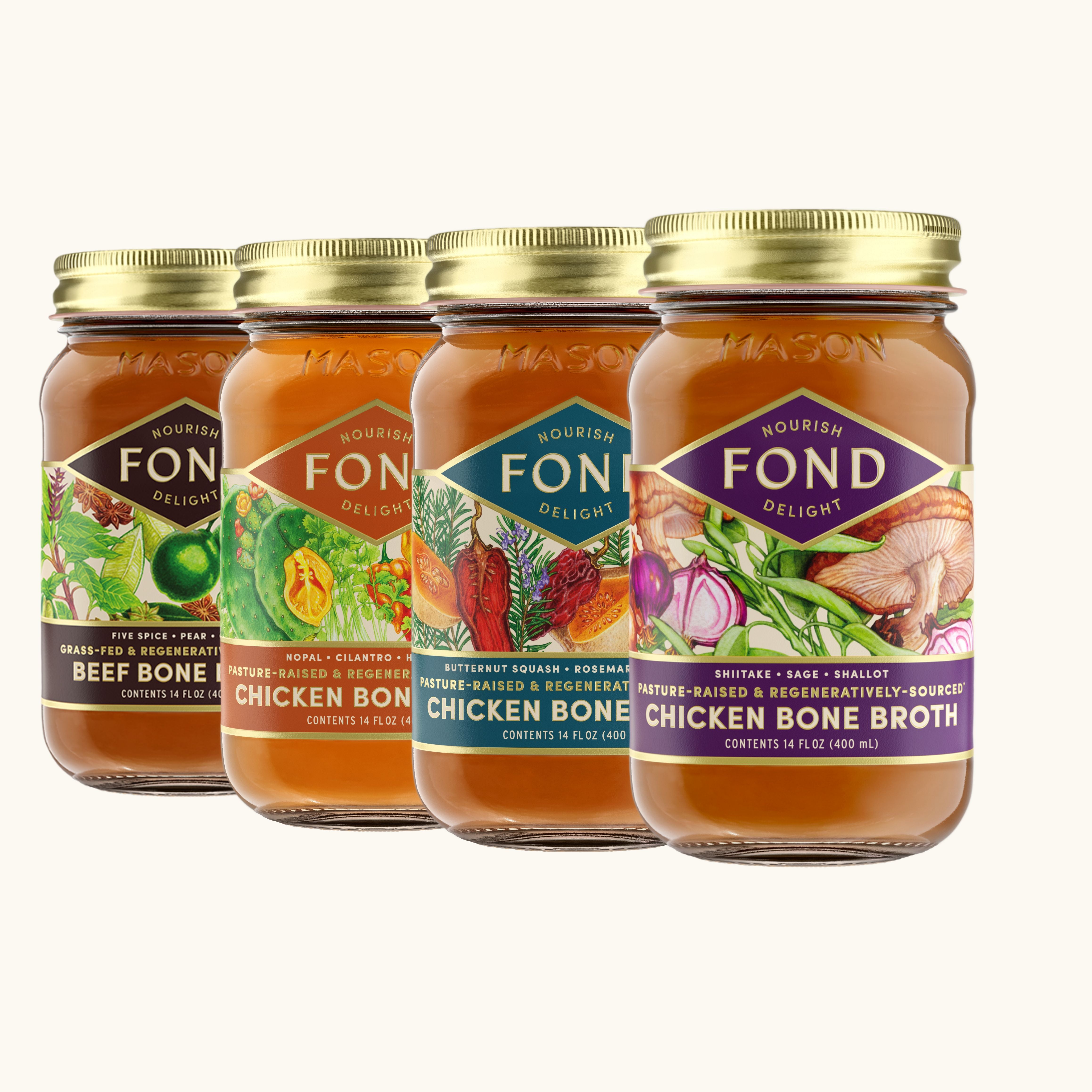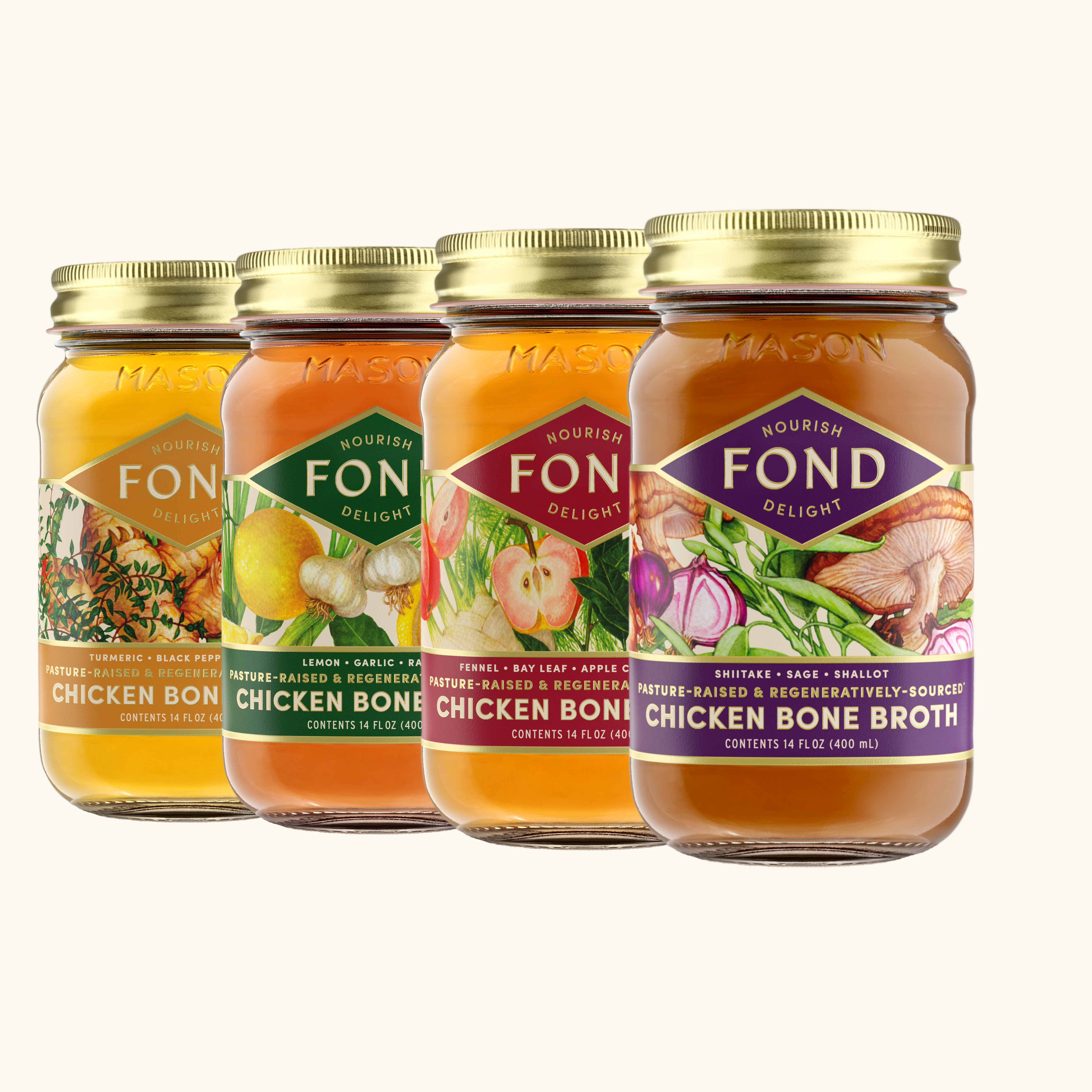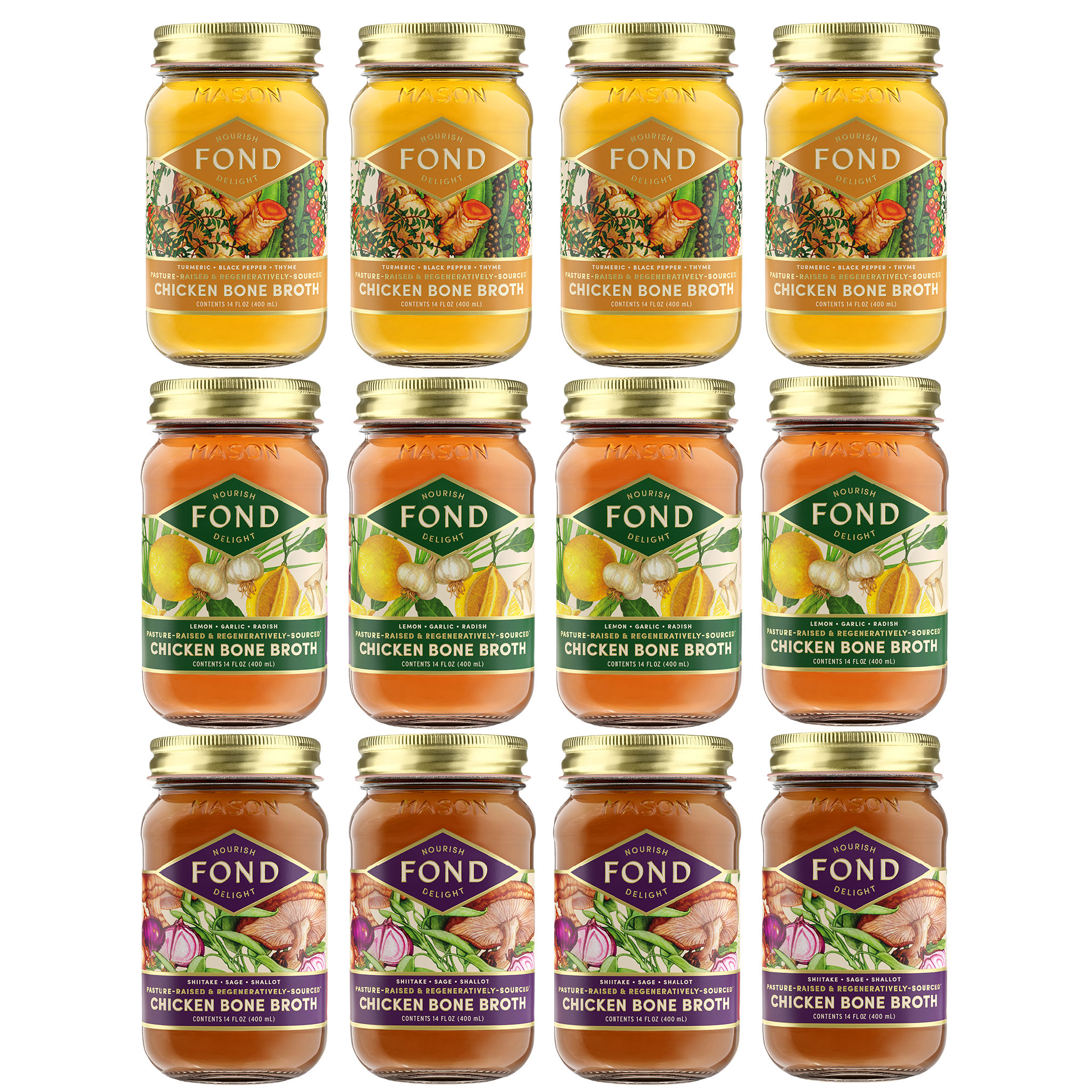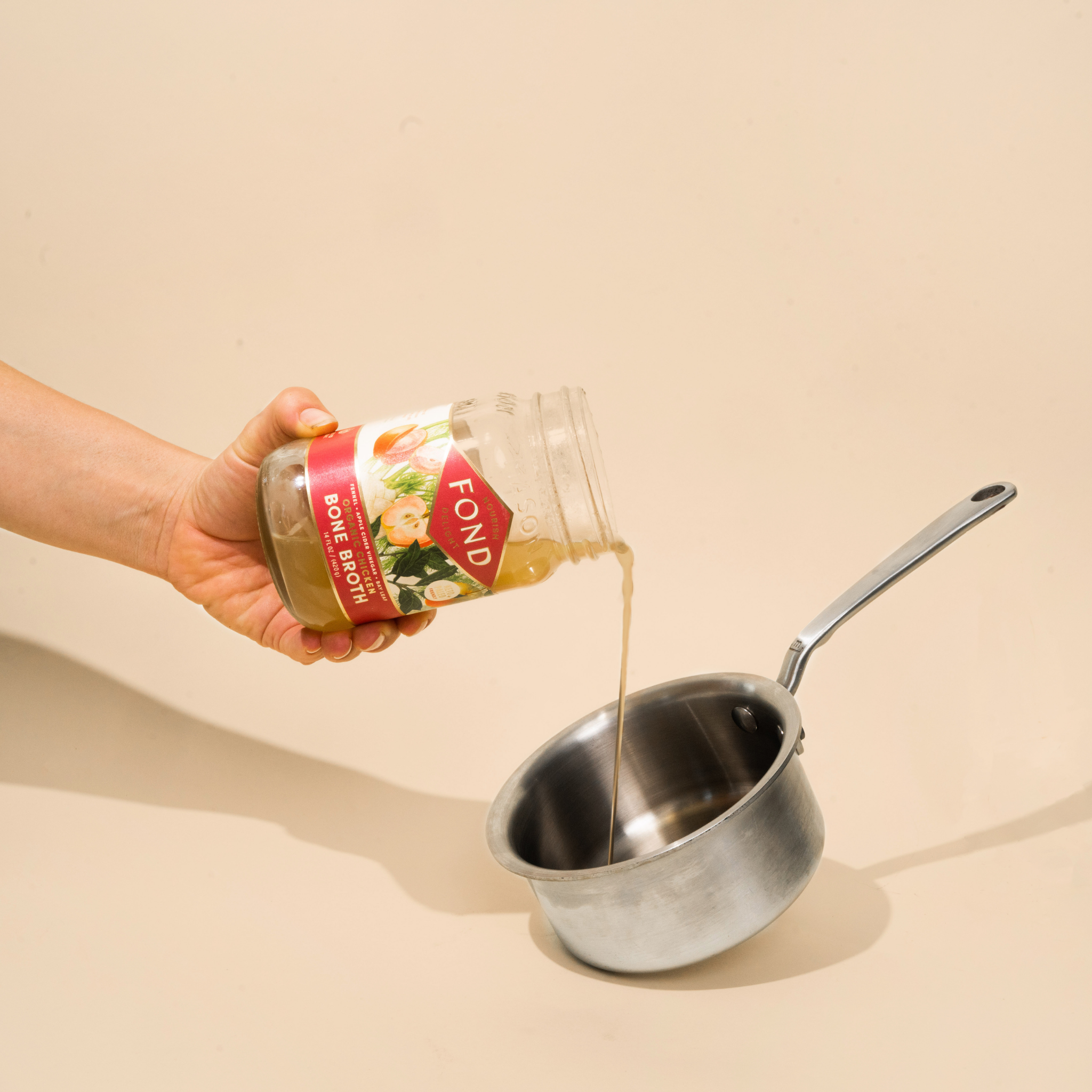In late September, many of our favorite hard-hitting food advocates gathered for a Senate panel to demand regulation against and transparency around food dyes and chemicals in our children’s food. Jason Karp of Human Co asked a question that has stayed with me since watching the hearing: “Why should America, the greatest country on Earth, be the last developed nation to protect its people (implied: against chemicals and harmful dyes in their food).”
There are many answers to this complicated question. Two reasons stand out to me as root causes: corporations are greedy, and most consumers don’t know what’s in the products they regularly consume. If we are unaware of how harmful these substances are, it is difficult for us to demand any different.
How did we get here?
Many of these problems have their root in corporate greed. In the 1980s, two tobacco giants purchased the major food companies Nabisco, General Mills, and Kraft. It’s not hard to imagine the position they found themselves in. As they gazed upon a falling empire, they sought to build another. Having made their fortunes on an addictive substance, they took that knowledge base and created addictive foods that hit the bliss point. Bliss point is the term that refers to the ideal balance of sugar, salt, and fat in food that makes it delicious…and addictive. Who would know the profitability of an addicted customer better?
There is no good guy in the Corporate Food Giant story. We are fighting for our lives and if the rapid rise of chronic disease is any indication, we’re losing.
So, why do we keep consuming foods that are devastating to our health?
The honest answer for most of us is that we didn’t know just how bad they were. What do I mean by that? Well, let me give an example. One of the leading children’s snacks that contains high amounts of glyphosate is Pepperidge Farm’s Goldfish. Yes, the savory cheddar cuties we’ve probably all consumed at one point in our lives are full of a known “probable” carcinogen. Goldfish have alarming glyphosate levels, and their whole-grain versions contain more. So, if someone is health-adjacent and follows the advice to “incorporate more whole grains” into their diet, they are doing more harm than good. How many exhausted Mamas are reaching for a snack they know will help keep their kids quiet on the next errand without realizing what they are giving them? MANY. A simple demand for an organic, glyphosate-free Goldfish cracker could spare these children from this troublesome herbicide wreaking havoc on their gut and brain health.
What do you think happened after the alarm was sounded that Goldfish might be hiding a dangerous secret? A cacophony of “debunking” articles hit Google and ranked on the front page. I wonder who paid for that? The same lobbyist organizations who moved from Tobacco to Big Food. There is no limit to the lengths these corporate giants will go to deceive customers.
Why Regulations Matter
Recently, as more consumers have woken up to the harmful effects of food dyes, these companies have changed the names of the colorants instead of improving the products by removing them. This means detecting a food dye will be even harder for consumers to do, and this "update" is deceptive at its core. It is clear that change has to happen on both a regulatory and a consumer level.

Beyond food dyes, information about what additional harmful chemicals are in these products is too hard to find. There is no regulation regarding glyphosate, and there is no labeling except elective third-party lab testing to prove it is NOT there. How many people even know to look for it?
In Europe, more than 2,000 chemicals and preservatives are banned. The Food and Drug Administration bans just nine. While I am not a proponent of candy and most sugar consumption in general, the fact that the same brands sell products in the US that contain dangerous chemicals that other parts of the world are free from is wrong. We know they can make them better.
If you ask Kellogg why they continue to use harmful food dyes in their US products, their response essentially boils down to Americans preferring the brighter colors. Read that again.
So, what can we do as consumers?
Recently, many healthy consumers were outraged that the beloved health food brand, Siete Family Foods, sold to PepsiCo for $1.2B. We have been so betrayed by these corporate giants that I am not surprised by this reaction. However, I do want to offer a different perspective. Until very recently, no one thought a food brand could have this type of financial exit. This is a “tech” exit by investment standards. I consider this a landmark event that proves that, because consumers are demanding better-for-you products, there is a lot of money to be made in a healthy food brand. This means more healthy brands will get the funding they deserve and more investors will be open to taking a risk investing in them. This engine drives meaningful change. It’s also encouraging that with PepsiCo’s reach and resources, Siete’s products will now be even more accessible for people.
In a similarly monumental agreement, Hu Kitchen sold to Mondelez, the candy giant. In their acquisition, co-founder Jason Karp mandated a, “no ingredient change” covenant. That means that Mondelez is forbidden from changing the ingredients in Hu’s beloved chocolate.
If corporate giants follow the money and we abstain from purchasing toxic products, choosing better-for-you alternatives instead, they are certainly going to get the message. Every dollar matters. Their dependence on your purchase means that, ultimately, you are the one in control and sending a message that cannot be ignored. Make them say that American people prefer healthy food.
How does FOND fit into this discussion?
Our mission at FOND is to reach into every home in America and put time-honored, foundational foods back on the menu. We spend hours sourcing, making, and infusing so you can have nourishing food at your fingertips. Quality without compromise is our battle cry. It drives the products you can buy now, and it inspires the products we are developing for you even today!
Most people do not know that 90% of the bone broth brands on store shelves today are not real bone broth. How did we find out? As we have sought to grow and expand our operations to a second facility, we learned that none of the facilities that package bone broth can boil bones. Not a single one cooks bones. So how do they make their bone broth? They rehydrate a demi-glace or a bone broth powder that they purchase as an ingredient from someone else (sometimes overseas). The finished product is not nearly as nourishing or pure as one made from scratch like FOND.
Our customers prove every day that there is a market for real, foundational foods. We are growing rapidly as more and more people discover the bone broth they are buying is not real and share the goodness of real healing bone broth (and now tallow) with their family and friends.
Unapologetically Regenerative, Period.
Not only is our artisan, hand-crafted, and slow-simmered process unique, but our sourcing is so intentional. This comes back to why FOND is unapologetically regenerative. Organic is simply not enough. It doesn’t guarantee anything is going back to the land to ensure future harvests, and it is too easy to cheat and give a “chemical cocktail” that is technically made with organic ingredients. Regenerative is better for the people, the land, and the animals. It is the only way to ensure future harvests, and it is the epitome of sustainable farming.
Growing food without harmful pesticides and packaging our food without harmful chemical preservatives SHOULD BE THE NORM. I shouldn’t have to explain why I want to source our ingredients in a way that is beyond organic; better for the land, better for the people, better for the animals, better for you. Just like my kids should not have to feel bad declining a chemical-laden, preservative-heavy “food” at a friend’s house. But it is this way, and we do have to explain. Advocacy is the key to change at every level.
POV Shift: Nutrient Density
I want to end by addressing something that I have heard in the echo of this writing as I have put pen to paper: but what about those who cannot afford better?
I am deeply grieved that the most poisonous foods are marketed to low-income families. I’ve meal planned on a severely limited budget, and I know what it is like to budget my groceries down to the tablespoons of flour and butter. I know what it feels like to use everything in your refrigerator before you are able to go to the grocery store again. Even after my family was out of crisis, I took my meal planning playbook to help moms and their babies navigate WIC (government-subsidized food allowance). Unfortunately, I was shocked at the “healthy” options available on the program.
This issue is multi-faceted, with another factor being government subsidies that make the farming of corn, soy, and wheat (and the processed products they end up a part of) more profitable than more nutrient-dense foods. We’re offering incentives to the wrong end products.
For my family, the most impactful shift we made in our diet, even on a meager budget, was away from snacks and sweets and toward nutrient-dense foods we made at home. There is a pervasive lie that the most expensive part of our grocery cart is the meat. We pass a pound of grass-fed and finished ground beef and say, “I can’t afford that, especially with inflation,” and then pile two bags of chips into the cart that per pound equal the same amount.
While meat may be the heaviest item by weight, it is far from the most costly and is absolutely the most nutrient-dense. Per pound, the cost of Cheerios is $10.72. Similarly, a 9.25 oz bag of Doritos averages $5.49 cents; per pound that equals $9.49. Arguably the most nutrient-dense food you can buy for your family is grass-fed and finished ground beef, which averages between $8 and $12 per pound. We have to be willing to change our diets if we are going to change our health. Even if the cost of monthly groceries are not a concern for you, it is wise to evaluate how many items in the cart are better-for-you snacks (an ever-expanding category in the store!) vs nutrient-dense foods that are vital to a thriving life.
Regenerative meats and their byproducts (including FOND) are some of the lowest-margin foods on the market. We are not taking an 80% profit margin like the chip companies, and we don’t have government subsidies aiding our operations. But by supporting us, you put your money directly into the land that makes future harvests possible, and in return give your body the most nutrient-dense foods on the planet. It is a delicate and fragile system, as Will Harris of White Oak Pastures has been heard saying, “We’re always one bad harvest away from going out of business.” But then it motivates us to do everything in our power to take care of the animals and the land given to us, and to trust Providence for the harvest.
While it may require a change in perspective, it will impact our own health and the health of the generations that follow!
Bonne santé!














